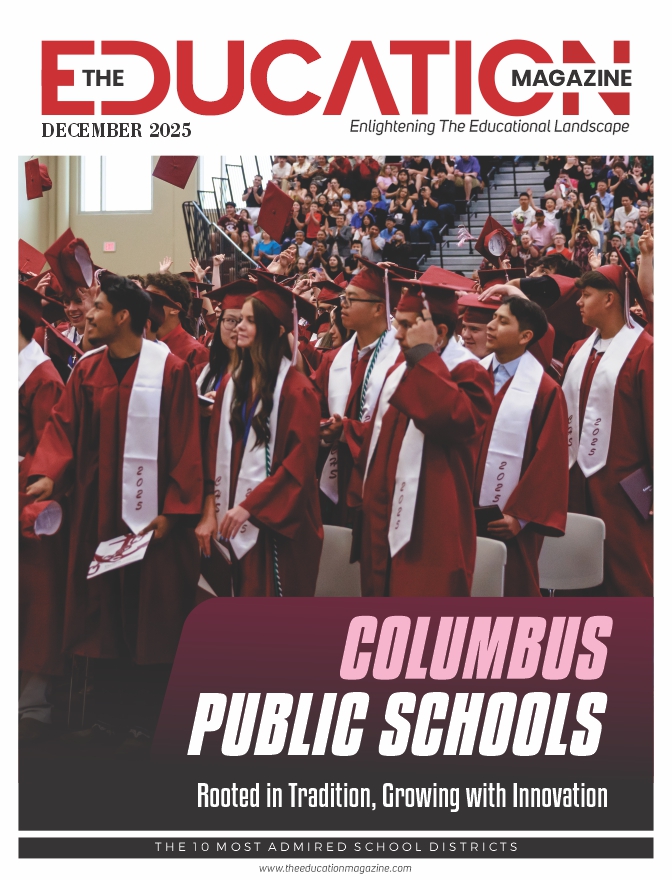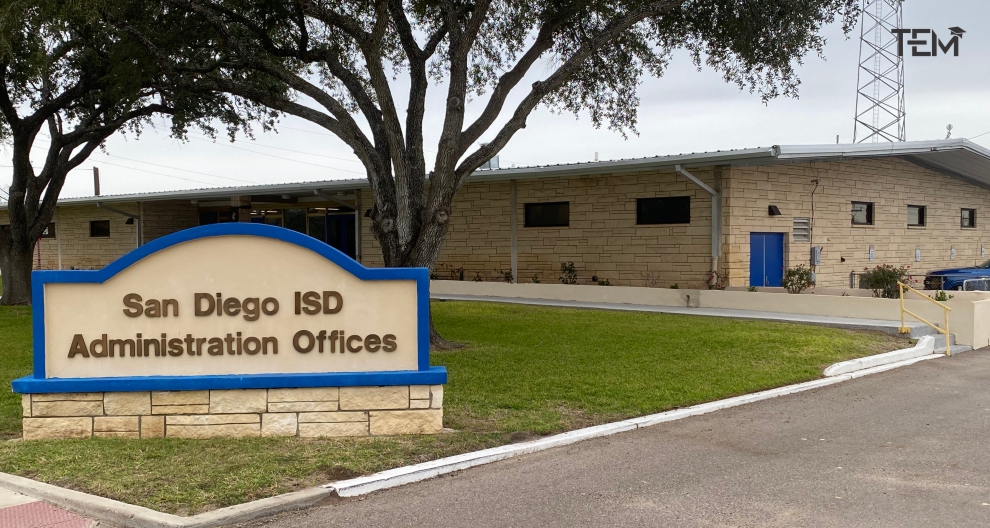Making websites and apps easy to use really matters. This creates great products people love. But choosing the right platform feels hard sometimes. So many tools exist today. Most reviews just list features, sadly. They do not show the real experience. This guide gives an honest look. We explore what it is really like to use 5 popular usability testing platforms. We cover common problems in implementing them. We share best practices for success. See how they help solve testing pain points. This helps you choose wisely. Making a smart platform choice for usability testing platforms is a solid investment.
Here are the 5 best usability testing platforms
| Platforms | Best For |
| Maze | Rapid user research, usability testing on prototypes, delivering insights at the speed of product development through unmoderated tests. |
| UserTesting | Human Insight Platform, video-based qualitative feedback from real users, understanding the “why” behind user behavior with a large panel. |
| Optimal Workshop | Specialization in information architecture testing (card sorting and tree testing) to evaluate navigation and content categorization. |
| Lyssna (Formerly UsabilityHub) | Quick and easy usability testing (five second, first click, preference, prototype tests) with an integrated participant panel. |
| Userfeel | Pay-as-you-go usability testing model with video recordings, spoken feedback, and cost-effective, flexible testing options. |
1. Maze
Maze helps teams test designs fast. It validates prototypes well. Startups like Maze best. It speeds up development insights.
What are Maze hurdles? Linking designs gives errors often. Test flows limit complex paths, also. Prototypes may crash, and learning takes time. How to use Maze best? Structure tasks clearly. Use blocks for missions. Always refresh prototypes. Share reports fast, and blend data types. Maze supports strong usability testing platforms work.
Does Maze solve issues? Yes, it offers high speed. Setup is rapid for unmoderated tests. Furthermore, Maze gives cost value. A free plan exists. Paid starts at $99 monthly. Get over 3 million testers in 130+ countries with 400+ filters. Yet, niche recruiting faces limits. Analysis feels easy; feedback rates high satisfaction. usability testing platforms like Maze boost validation speed greatly.
Maze suits quick prototype checks. Small teams benefit. Use for early validation primarily. Consider limits for large enterprise usability testing platforms needs.
2. UserTesting
UserTesting gives video feedback. Users are real people. See, hear, understand users directly. It delivers deep insights. This truly helps optimize experiences rapidly. UserTesting often best fits enterprises, and also product teams. You get deep qualitative data easily. Validate features quickly, too.
What UserTesting challenges exist? Recruiting niche users is sometimes hard. Writing good screeners is tough. Deciding sample size is a hurdle, also. Technical issues occur often. Importantly, audio problems cause nearly 80% of test failures. Bias is a risk, plus learning takes time.
How to succeed with UserTesting? Define goals clearly first. Design screeners well always. Always pilot tests. Make tasks simple. Ask users to think aloud. Plan iterations, and use AI for analysis effectively. UserTesting supports strong usability testing platforms work well.
Does UserTesting solve problems? Yes, speed is fast. Feedback comes quickly. However, cost can be pricey. It has a large user pool. Niche recruiting improves now. Analysis needs time still. It offers flexibility. Usability testing platforms aid optimization widely.
UserTesting fits enterprises needing deep feedback. Use it for validating complex products. It works for iterative testing. It needs flexibility. Consider its cost for very small budgets or panels needing rare segments easily.
3. Optimal Workshop
Optimal Workshop helps make websites easy to use. It checks how people find things. Think about sorting cards or testing navigation trees. It helps validate structure. It works well for finding paths on websites. It suits checking complex menus.
But what is hard with Optimal Workshop? Finding the right people is sometimes tough. Some give junk answers. Making questions clear is key always. Learning all the tools takes effort. Also, cost for people can be high.
So, how to use it well? Have clear goals first. Use good screener questions. Pilot tests help catch issues. Keep studies short. Get good people through their service, too. Use new test types like prototype tests. Optimal Workshop supports strong usability testing platforms work.
Does it solve problems? Yes, it reveals navigation issues well. Its tools cover different tests. Getting quality people helps a lot. New features add insights also. However, it is not for all broad tests. Learning its tools is hard for some. Cost is a barrier for small budgets. Usability testing platforms need careful choice.
Optimal Workshop suits checking website structure deeply. Use it for navigation ideas. It works for complex content. Get quality results. Avoid for broad user experience audits or quick simple tests.
4. Lyssna (Formerly UsabilityHub)
Lyssna provides quick insights. It uses many test types effectively. Get fast validation easily now. It helps teams work quickly. What Lyssna hurdles appear? Technical issues happen sometimes. Prototype sync can fail, too. Participant quality varies. Customization feels limited for complex needs. Learning takes time initially.
How to succeed with Lyssna? Craft tasks clearly always. Use targeted recruiting well. Pilot tests help. Refresh prototypes properly. Use templates. Iterate rapidly always. Panels fulfill orders under 30 minutes quickly. Lyssna supports strong usability testing platforms work.
Does Lyssna solve problems? Yes, speed is high. Responses come in minutes. Cost value is great. Plans start at $75 monthly. Pay around $1 per minute response. Get unlimited tests. Panel has over 690,000 users. They offer 395+ filters. Yet, niche recruiting needs effort still. Analysis learning curve exists. It offers many methods, however. Usability testing platforms aid decisions.
Lyssna suits rapid testing well. Use for design validation. Small teams benefit greatly. It works for cost value. Use for targeted recruitment. Avoid for complex customization or very rare panels easily.
5. Userfeel
Userfeel offers flexible testing. It uses a pay-as-you-go model. Get real user videos easily now. Over 1 million testers exist globally. They speak 40 languages. This helps test worldwide apps. No subscription contract is needed.
What Userfeel hurdles appear? Tester quality varies sometimes. Targeting precision is limited, too. Results can face delays, especially mobile. Sharing videos is tough; integrations are limited. Learning credits takes time initially.
So, how to succeed with Userfeel? Use clear screeners always. Make tasks focused. Pilot tests help. Use AI summaries well. Build trusted tester lists. Plan for device diversity. Contact support if needed. Userfeel supports strong usability testing platforms work.
Does Userfeel solve problems? Yes, cost entry is low. Pay $30 for 60 minutes per tester. No subscriptions give flexibility. Panel diversity is strong. Analysis gets AI help. However, frequent testing is pricey. Targeting lacks depth. Sharing videos is hard. Usability testing platforms need careful choice.
Userfeel suits flexible, occasional tests best. Use for global users. It works for small budgets needing no contracts. Avoid for high volume, complex targeting, or integrated workflows mostly.
Choosing the Right Platform Based on Your Reality
Choosing the best platform feels different for everyone. No single one is perfect. How do you pick the right one? Always look at what you truly need. Think about your team size first. Also, consider your budget carefully. What kind of product do you test? How fast do you need results always? What features are most important, then? Use what you read about challenges and solutions. Match platform experiences to your specific needs now. This makes your investment smart. It helps you get good value from your usability testing platforms. Choosing suitable usability testing platforms saves resources. Always try platforms yourself first. Get free trials or demos easily. Experience the setup firsthand then.
Key Takeaways
Understanding the reality of using these platforms guides your success. Making the right choice is only the beginning for impactful testing.
- Remember the platform helps, but your research skills and clear questions are vital for success in any test.
- Think beyond one test. Use usability testing platforms for ongoing feedback loops. Fixing issues after release costs 100 times more. Doing it during design saves big expenses. This builds better products consistently over time and provides continuous value.
- Sharing results effectively truly matters. Make insights easy for your whole team to use for decisions. That drives real value and a strong return on investment.
- Staying updated on new features keeps you competitive. Usability testing platforms evolve fast.
Applying these practical points drives real business results. Master these insights to truly transform how you build products.
Also Read: Exploring Cloud Mobile Testing: Bridging Performance and Functionality











